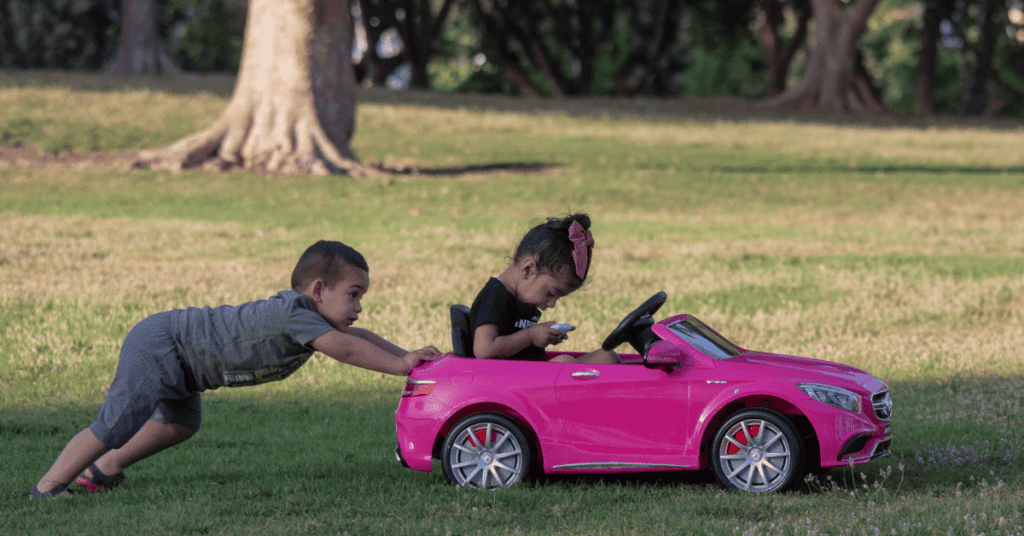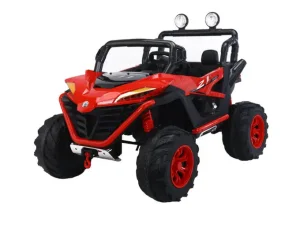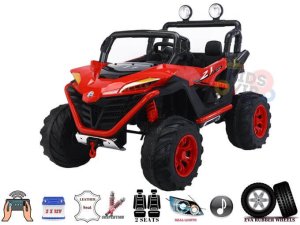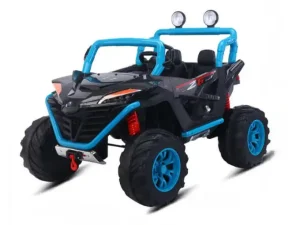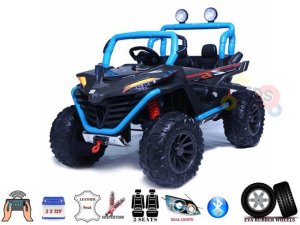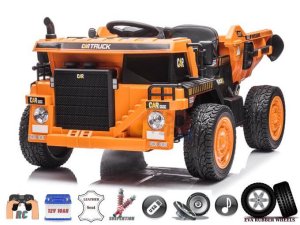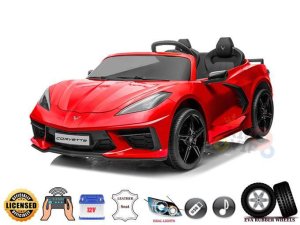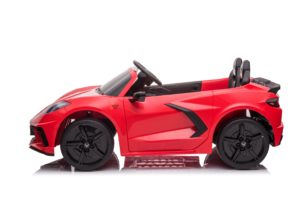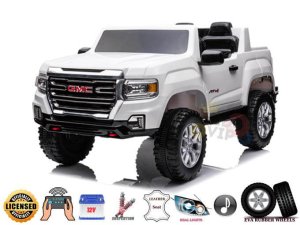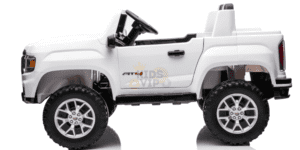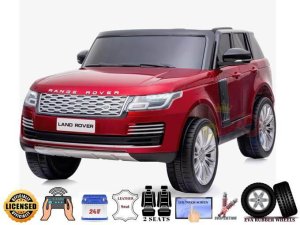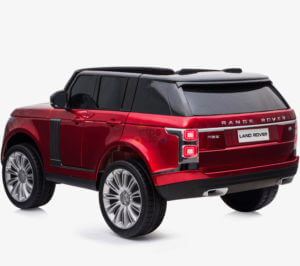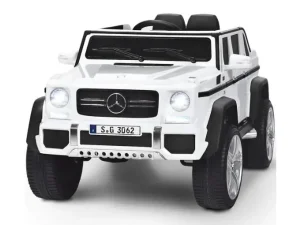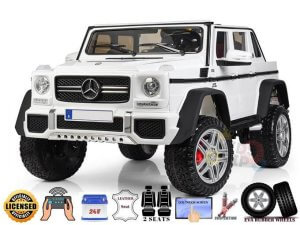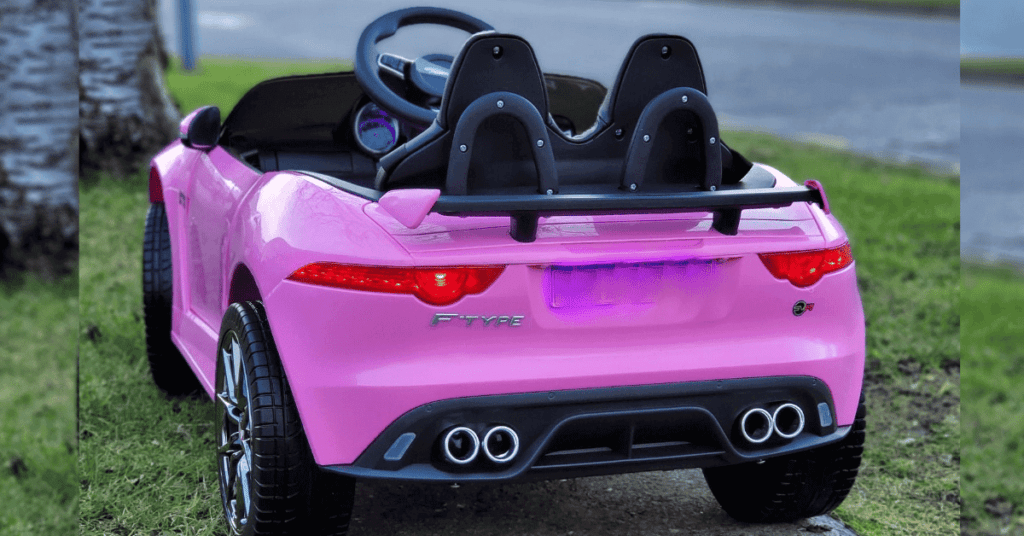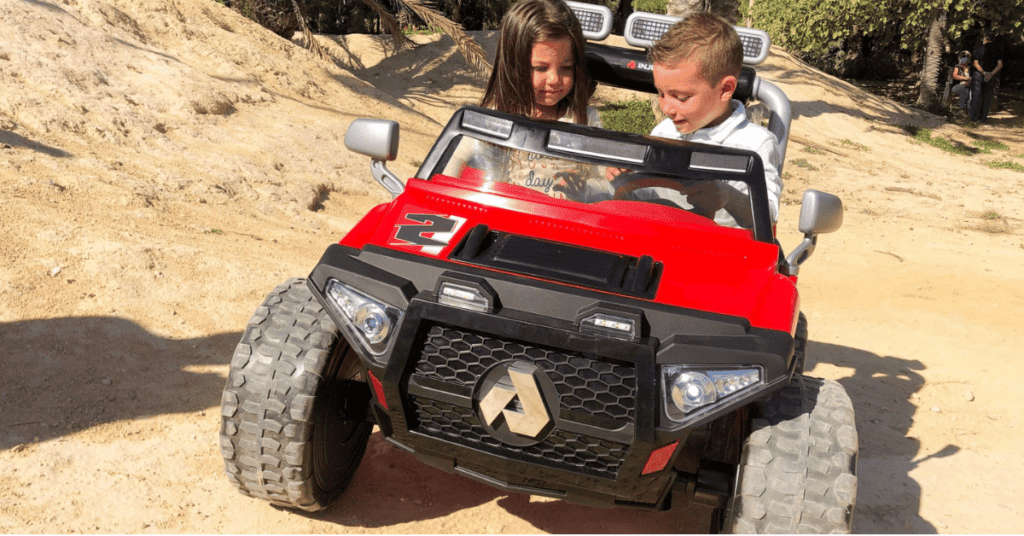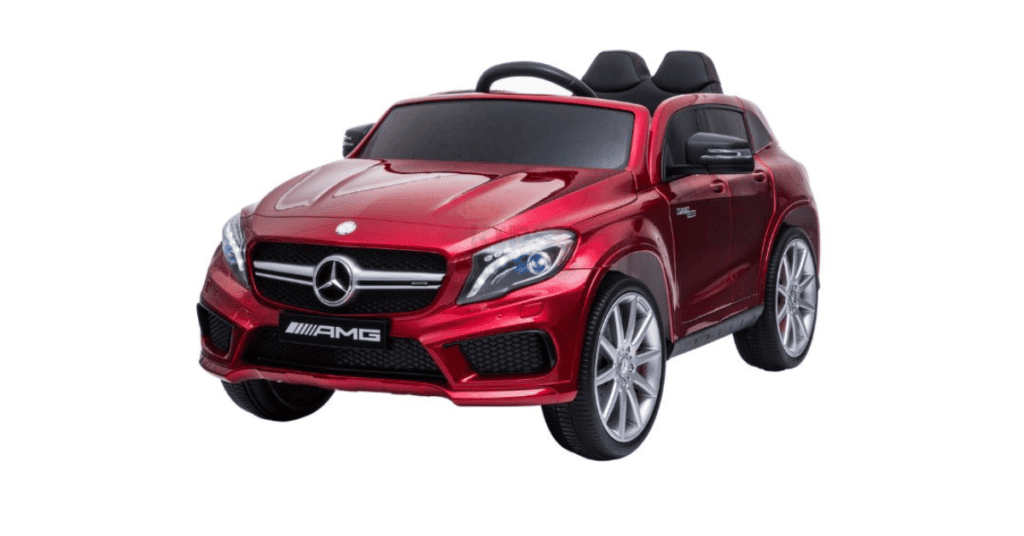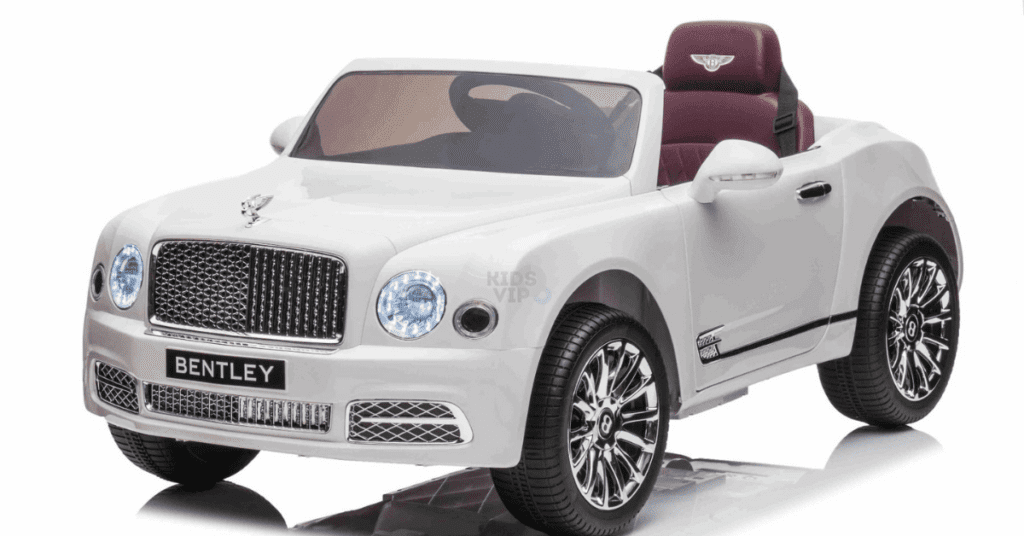Every parent aims to provide their child with the best that life has to offer. Whether it’s the best schools, the most wholesome upbringing, or the best toys, our aim as primary caregivers is to enrich the lives of the innocent beings whom life has entrusted us to love, protect, and nurture. Easier said than done…right?
We are reminded of the words of Eleanor Roosevelt, who once said, “Learn from the mistakes of others. You can’t live long enough to make them all yourself“; well KIDS VIP is here to help our VIP parents avoid the 5 most common mistakes made by first-time ride-on car buyers to ensure that when it comes to their car, our VIP kids do indeed receive the BEST!
5. TOO BIG!
Do not purchase a ride-on car that is much too large for your child. We’ve heard the term ‘Bigger Is Better’, but while this remains true to some extent, particularly when one considers long-term use or longevity, parents are discouraged from taking home a car that is much too big for their baby. Babies and toddlers are emotionally sensitive and require smooth transitions to establish trust and overall comfort in a new environment.
In other words, one must “ease” them in. We asked a few parents to take us back to the day they got behind the wheel of a car for the first time. What emotions were felt? Nervousness, anxiety, anticipation, and fear were the most common responses. In the same regard, children too may experience these very emotions when driving their first ride-on car!
A child who feels small in their car may become overwhelmed, and whilst every child will have different signs and symptoms when they feel overwhelmed, this is often expressed by getting angry, irritable, or displaying sudden naughty behavior. In extreme instances, kids are even known to burst into tears for no apparent reason. So how do we know if the car is too big?
Firstly, pay close attention to the recommended age group specified by the manufacturer; in particular, the minimum age requirement—your child should at least be within this range, most preferably towards the median age. Second, it is recommended that the child be able to reach the steering wheel and accelerator/brake pedal. This is with the exception of cases where parents choose to purchase with the intention of being the sole operators of the car by use of the parental remote control.
Even in these cases, as an added safety precaution, it is advised that children who are to be driven around be seated in ride-on cars that are equipped with 3- or 5-point seat belts. Cars with 1-point seat belts should only be purchased if the child is already able to sit up independently. Lastly, if you are unable to see your child’s head past the windshield when looking at the car from an anterior view… the car is too big.
4. TOO SMALL!
Do not purchase a ride-on car that is too small for your child. Our ride-on cars are meticulously designed with dimensions that provide maximum comfort to drivers and riders. The designs become counterproductive when faced with a driver who is too big for the car. The term “too big” suggests that the driver is beyond the maximum recommended age and/or has surpassed the maximum weight capacity of the car.
A child who is too big for their ride-on may feel claustrophobic or may be too confined, resulting in cramped limbs, sore joints, and sore muscles. In such cases, we observe seat belts that are too tight, even when adjusted to their maximum length, causing bruised shoulders. Inadequate leg space and little to no distance between the driver and the steering wheel lead to sore knees and hunched backs that not even the premium eco-leather seats can remedy. When a ride-on car is too small for a driver,
- The child’s knees will make contact with either side of the steering wheel.
- When driving, the child’s elbows will be forced to less than 90 degrees because of how close the steering wheel is to their chest.
- The back support will not adequately cover the child’s back, i.e., the top majority of their back will be left unsupported.
3. TOO FAST!
Do not purchase a ride-on car that is too powerful for your child. Ride-on cars can reach various maximum speeds depending on their voltage and number of motors. The order from least to most powerful is 6-volt, then 12-volt, followed by 2×12-volt, and finally 24-volt cars. The speeds of the cars also govern the recommended age of operation, given that 24-volt cars lack a ‘soft-start’ and ‘soft-stoop’ feature. This means that these ride-on cars are subject to jerking motions during acceleration, as this acceleration will be instant and not gradual as it is with 6-volt and 12-volt cars.
If the child is not independently self-aware, it becomes dangerous, as instant maximum speeds may startle babies and toddlers. In worst-case scenarios, this may result in injuries from babies’ heads coming into contact with the windshield and/or other blunt edges when the force of acceleration propels the passenger in the direction of motion.
For first-time, preschool-age drivers, a 12-volt or 2×12-volt car is recommended as opposed to a 24-volt car, which is more suitable for children ages 4 and up.
2. TOO SLOW!
Do not purchase a ride-on car that is too slow or that has a recommended age of operation that is well below that of your child. A car that is too slow or does not perform with adequate power will bore the child, who will quickly lose interest in their ride-on car. Part of the luxury car experience is the thrill of the ride, especially if your child is independent enough to confidently and comfortably operate their car.
Even as adults, we drive into a fit of irritation when faced with a slow driver in the fast lane. In the same way, kids need just enough speed to remain excited and enthused. As a good means of ensuring your child’s ride-on meets their individual speed requirement, it is recommended that parents select cars that are recommended for their child’s age group.
1. NOT RELEVANT!
Do not purchase a car that does not suit the needs and preferences of your child. Every child is different and carries unique niches attributed to their various personalities, likes, and dislikes. Some kids are more tech-savvy and prefer cars with more high-tech features, such as an MP4 touchscreen for watching cartoons or videos, while others are satisfied with just music and consider the screen as redundant or even a distraction.
In contrast, there are kids whose only concern is the physical driving experience and who would be happier with just an ATV or off-road buggy that does not come with all the bells and whistles of a built-in entertainment system. Additionally, parents must consider the performance capabilities of the selected car and ensure it meets the demands of their surrounding terrain.
This means if a child lives near a farm or has a grassy backyard, a four-wheel drive, customarily termed a “4×4,” would be more suited if compared to a 12-volt, two-wheel drive car. If a child lives in a smaller household, getting an enormously large car is discouraged, as we frequently see kids who are unable to use their car for most of the year due to lack of storage or a place to play.
Thankfully, all our ride-on cars are both indoor and outdoor suitable!
Construction Dump Truck 12V Ride-On With Rubber Wheels, Automatic Dump Bed, Remote Control
$649.99save 18.8%
Torch Red Upgraded Corvette C8 2-Seater Ride-on Car, Eva Wheels, Leather Seats, RC
$729.99save 23.2%
Official 12V GMC Canyon AT4 2-Seater Ride-On Truck, Rubber Wheels, Leather Seats, Storage, Tailgate, RC
$769.99save 18.9%
Painted Special Edition 24V Range Rover 2-Seater Ride-On SUV w/ MP4 Touchscreen, EVA Rubber Wheels and Leather Seats
$849.99save 24.8%



















